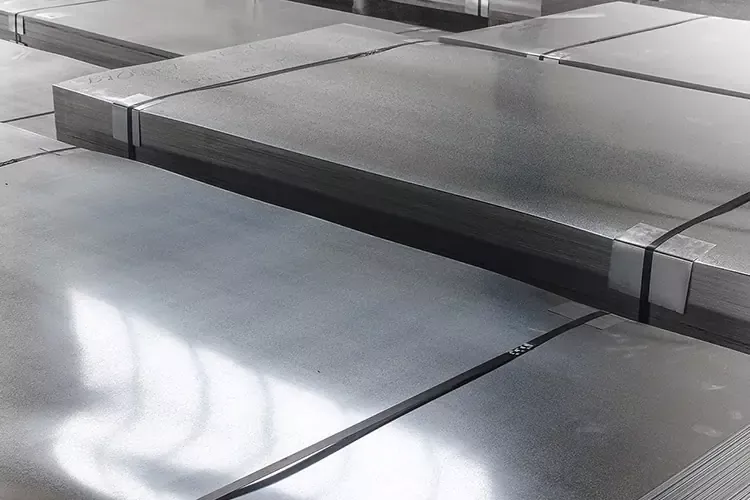The means to create a prototype and manufacturing techniques have evolved by leaps and bounds in the last 30 years of industrial development. Materials have also changed since new technology has emerged to cast out these prototypes.

The means to create a prototype and manufacturing techniques have evolved by leaps and bounds in the last 30 years of industrial development. Materials have also changed since new technology has emerged to cast out these prototypes. Until recently, most prototypes of plastic parts were crafted using special resins and manual crafting. These days is very likely that a company will create the basis of their project using rapid prototyping techniques, 3D sculpting and printers that can mold a finished sample of the product that is not as expensive as it used to be.
Here we are presenting you some of the most used techniques for Rapid Prototyping 3D Printing, along with a brief description of their pros and cons. Let’s get on with it:
1.Selective Laser Sintering (SLS)
One of the modern crafting methods that are closer to classic crafting. By using powder-based materials of plastics, resins or metals, you can use a laser to sinter the most complex forms one layer at a time. While this method is great for created prototypes that demand good attention to detail, the finished products will showcase a rough exterior that needs to be polished by manual means.
2.Selective Laser Melting (SLM)
Another method based on the use of powder-based materials, this time a lot of craftsmanship is required to handle this process since the designer must create a prototype on a sealed environment using high-powered heat lasers to bring forward a prototype with good levels of detail. It best suited for heavy metals such as steel, cobalt, and titanium. This technique is commonly used to create parts for the car and aircraft industries.
3.Fused Deposition Modeling (FDM)
This is the modeling method that was developed for massification. Is very easy and common to find it in households where molding enthusiasts pursue personal projects. The software and hardware to create a product or a prototype are very affordable, but it can’t work with heavy materials just plastic filaments that are pored one layer at a time. The finished products are not the sturdiest ones, but they can help a developer or an inventor a clear perspective of their ideas.
4.Digital Light Processing (DLP)
This method is a different way to treat polymers using curable resins to cast out a prototype in the same way as the granddad of rapid prototyping 3D printing used to do it. Based on the same technology as stereo lithography, DLP is actually faster by using conventional light to cure resin using supporting structures, and while the finished product is much more accurate to the planned 3D model, it may still need to be worked on to give it the desired finishes.
5.Binder Jetting Molding (BJM)
The last process discussed on our brief list is also one of the newer velopments in the world of 3D designs. While the software and hardware created for this method are aimed at industrial development, it can also be used by small operations looking at expansion or subcontracting. It consists on placing the sculpting material on a horizontal print bed as a good number of nozzles spray liquid binder to form layers upon layers that are compacted as they are finished.
Even on an expedite budget most of the equipment required for these techniques are very costly. BJM is probably one of the most expensive 3D sculpting methods available these days, but also one of the more profitable due to the volume of production.










